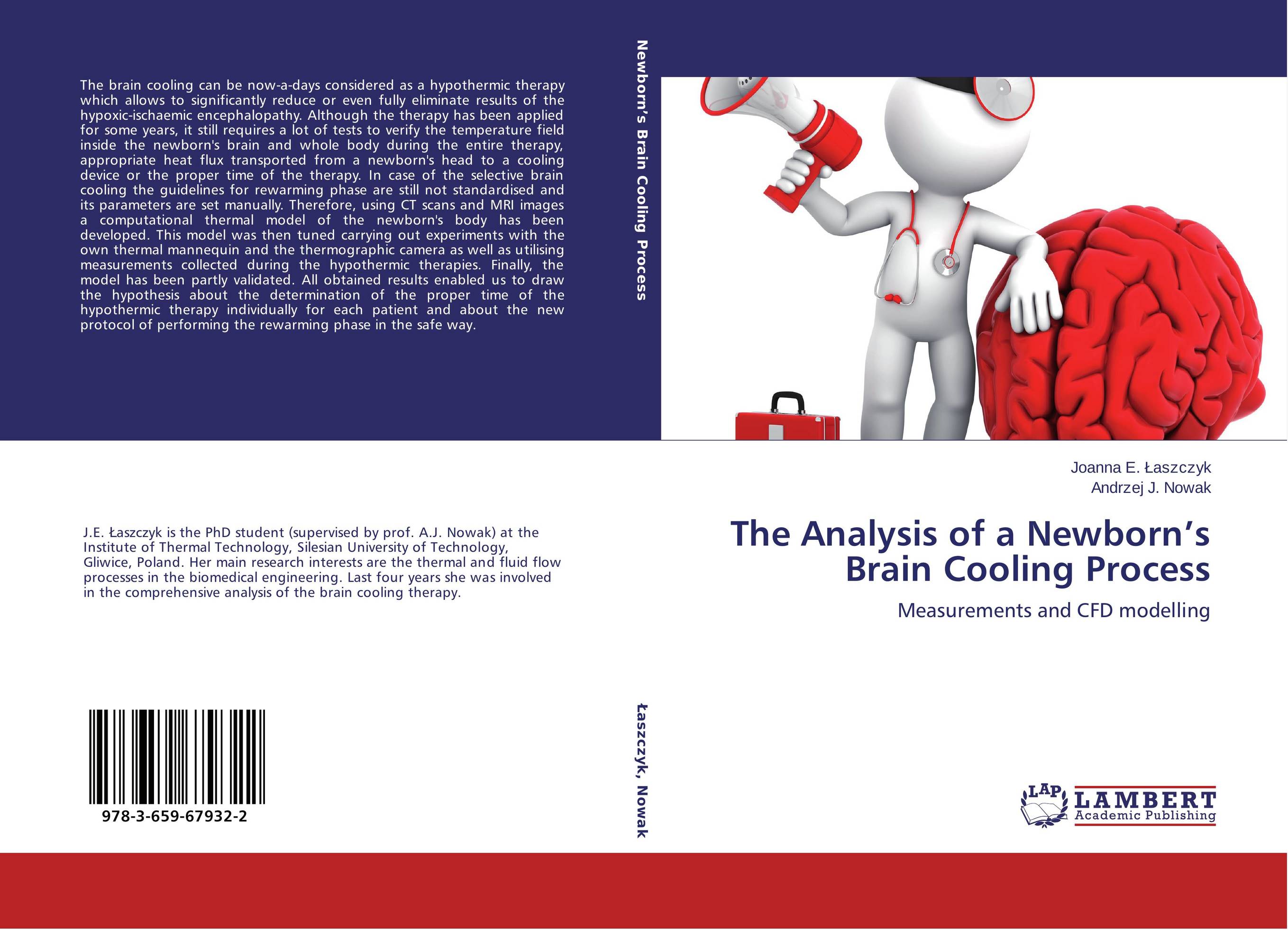| Поиск по каталогу |
|
(строгое соответствие)
|
- Профессиональная
- Научно-популярная
- Художественная
- Публицистика
- Детская
- Искусство
- Хобби, семья, дом
- Спорт
- Путеводители
- Блокноты, тетради, открытки
The Analysis of a Newborn’s Brain Cooling Process. Measurements and CFD modelling

В наличии
| Местонахождение: Алматы | Состояние экземпляра: новый |

Бумажная
версия
версия
Автор: Joanna E. ?aszczyk and Andrzej J. Nowak
ISBN: 9783659679322
Год издания: 2015
Формат книги: 60×90/16 (145×215 мм)
Количество страниц: 140
Издательство: LAP LAMBERT Academic Publishing
Цена: 23146 тг
Положить в корзину
| Способы доставки в город Алматы * комплектация (срок до отгрузки) не более 2 рабочих дней |
| Самовывоз из города Алматы (пункты самовывоза партнёра CDEK) |
| Курьерская доставка CDEK из города Москва |
| Доставка Почтой России из города Москва |
Аннотация: The brain cooling can be now-a-days considered as a hypothermic therapy which allows to significantly reduce or even fully eliminate results of the hypoxic-ischaemic encephalopathy. Although the therapy has been applied for some years, it still requires a lot of tests to verify the temperature field inside the newborn's brain and whole body during the entire therapy, appropriate heat flux transported from a newborn's head to a cooling device or the proper time of the therapy. In case of the selective brain cooling the guidelines for rewarming phase are still not standardised and its parameters are set manually. Therefore, using CT scans and MRI images a computational thermal model of the newborn's body has been developed. This model was then tuned carrying out experiments with the own thermal mannequin and the thermographic camera as well as utilising measurements collected during the hypothermic therapies. Finally, the model has been partly validated. All obtained results enabled us to draw the hypothesis about the determination of the proper time of the hypothermic therapy individually for each patient and about the new protocol of performing the rewarming phase in the safe way.
Ключевые слова: Biomedical engineering, CFD, brain cooling, thermal mannequin



